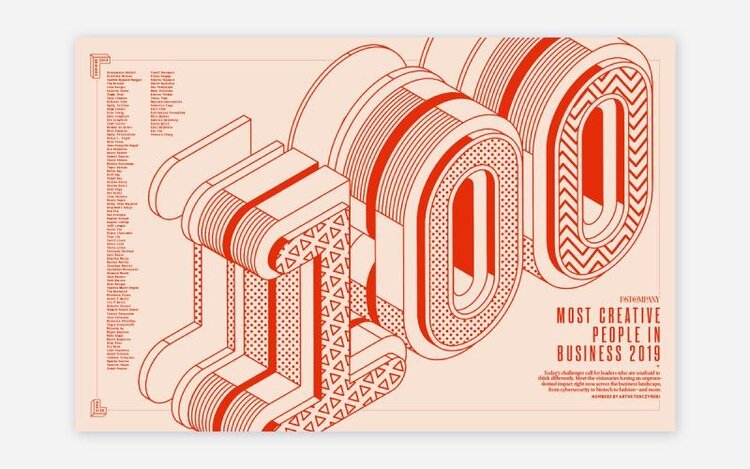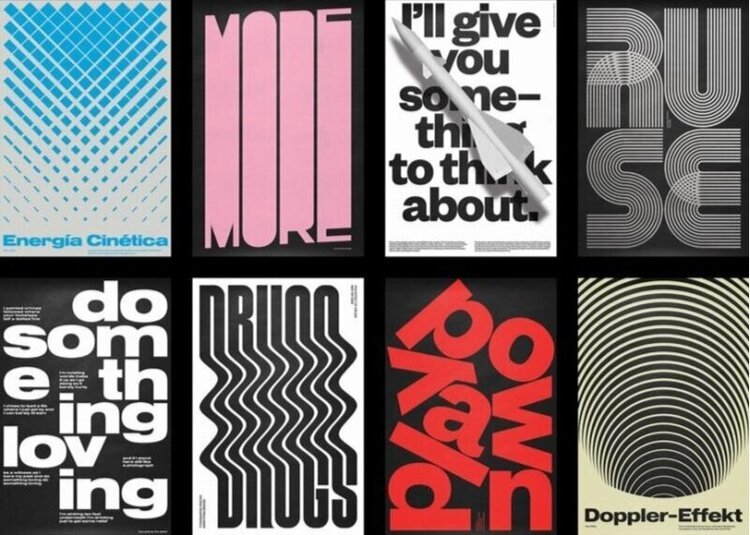Top 5 Design Trends for 2020
With 2020 in full swing and the holidays fading into the distance, small business owners like you and I are solidifying our goals and, of course, seeking out new inspiration for the year ahead. While we often think of making resolutions in our personal lives, our brands deserve the same kind of special attention too. Though it’s not advisable—or even feasible—to rebrand every year, it is essential to ensure your brand’s identity stays current and doesn’t fall behind the times, or worse, your competitors. Thus, we’re counting down the top five design trends of 2020 to help give you a leg up this year.
5. Isometric Illustration
By layering elements of flat design and realistic 3D images, isometric design elegantly fuses the real and digital worlds. Pro-tip: This style isn’t for every use case. This style could come off as too “cartoony” for some applications. And the bright color schemes can detract from messaging or look garish to users. You have to use this design trend with care.
4. Bicolor Design
Less is more with this trend where the designer creates bold elements with an elegant touch and a strong contrast. Pro-tip: The best part about bicolor designs is the simplicity. It has wide-ranging use in multiple platforms with ease of implementation.
3. Optical Perception Art
Op art works are abstract and give the impression of movement, hidden images, or flashing patterns. Want to add some movement to your print design? Try out this trend, post it, and tag us! We'd love to see your work. Pro-tip: To get the most of this trend, be sure your creations are precise and stark in contrast. Otherwise, your visuals could be muddy.
2. Storytelling
Storytelling in design is all about helping the user along their journey, so their experience is as smooth as possible. A good story helps the user understand your product better, and is often accomplished by creating a conflict that's resolved by your product. Pro-tip: Remember that this is about the user’s journey - not yours. Keep them in the hero’s seat at every turn. It’s not what your product can do for the user, but what the user can do with your product.
1.Motion Design
Used in all design fields, from small interactions and logos to UI, everything is moving this year! Captivating animated content can engage your audience faster and simplify complex messages. Pro-tip: Consider micro-interactions table stakes in all UI design this year. If you don’t have them, now is the time.





